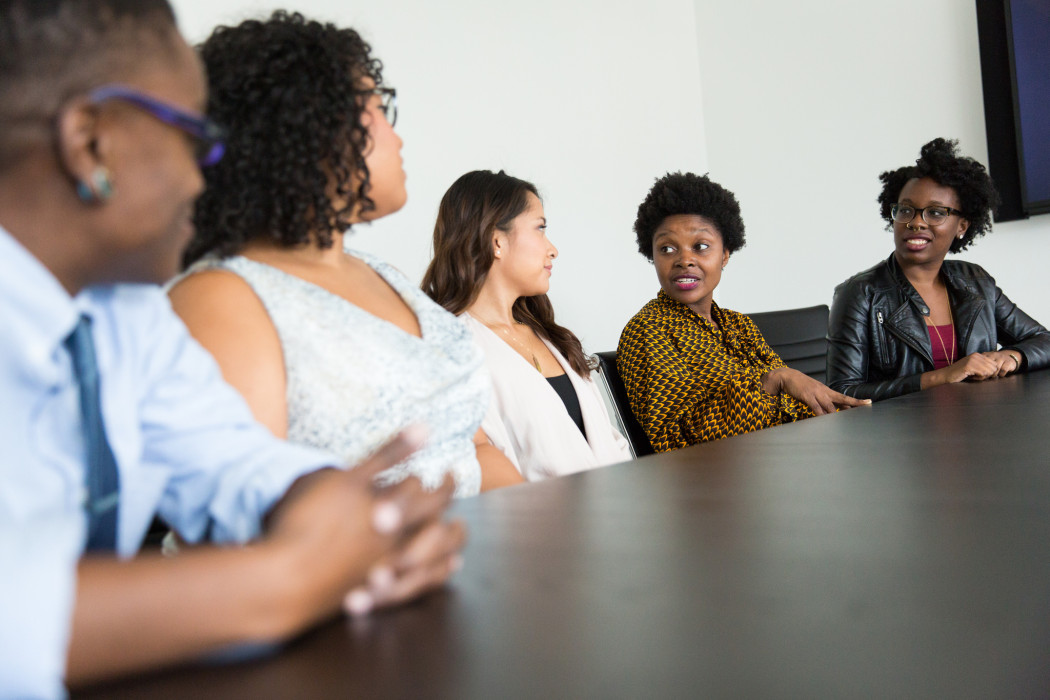We talk a lot about how women can get involved in politics and our communities. Obviously there’s voting, campaign work, even some grassroots organizing. But there’s also an often-overlooked way to participate. It’s not as easy as turning out to the polls or writing a letter to an elected official. But, I’d argue, it’s far more satisfying.
I’m talking about board service. Our communities are full of nonprofit boards of directors and municipal advisory boards looking for members. Planning commissions, solid waste boards, and even your local food bank, all need people to help guide, plan, and do the work.
Traditionally, what I see happen with these boards is they end up staffed by a seemingly elite group. Typically board members are older, white, rich, and often male. This stems from a number of reasons, chief among them is the fact that this population has the spare time to devote to volunteer service.
It’s time for this to change. Our communities can only be served if those working to shape it actually resemble the population. We need women, we need people of color, and we need young people to stand up and volunteer to join a board.
But it’s not so simple as that, is it?
First is the matter of finding a board to join. The best way to go about this is to contact an elected official in your area. A town board member or alderman typically knows which municipal committees need members. They may also be plugged into which nonprofits are looking for assistance on their boards as well.
You could also contact organizations you believe in, or donate to. Let the staff know you are interested in taking on a larger role and that you’d be interested if and when Directors spots open up. Talk to friends who volunteer and ask them how you can get involved. You’d be surprised at the number of organizations who need your help to shape policy and direction.
The next issue is time. Board service takes up unpaid hours when you could be working, playing with your kids, or just chilling with some Netflix. Try to find a board who’s schedule matches your own. Many advisory committees only meet every other month, in the evening. Some nonprofit boards meet once a month, early on a weekday or Saturday morning.
I’ve served on a nonprofit board for three years, and now I am President. The actual meetings take me about 5 hours a month, while meeting preparation and email takes another 2-3 hours each month. I find this to be time well spent, both in terms of networking and because I value giving back to my community.
The final issue with board service is >>Imposter Syndrome. Younger women and those who have never served on a board are quick to assume that everyone who does is an expert or holds some special skills. That may be true, but don’t undervalue the skills you bring to the table. A balanced board is one that includes members from all walks of life, with all types of job experience. Just because you’ve never created an annual report or read an audit doesn’t mean you don’t have a lot to add.
Advisory committees and nonprofit boards are the foundation of our communities. Leaders look to these groups to shape policies that go on to change lives. Make finding a spot on a board your New Year’s Resolution, and join me in true grassroots community change.


There are no comments
Add yours